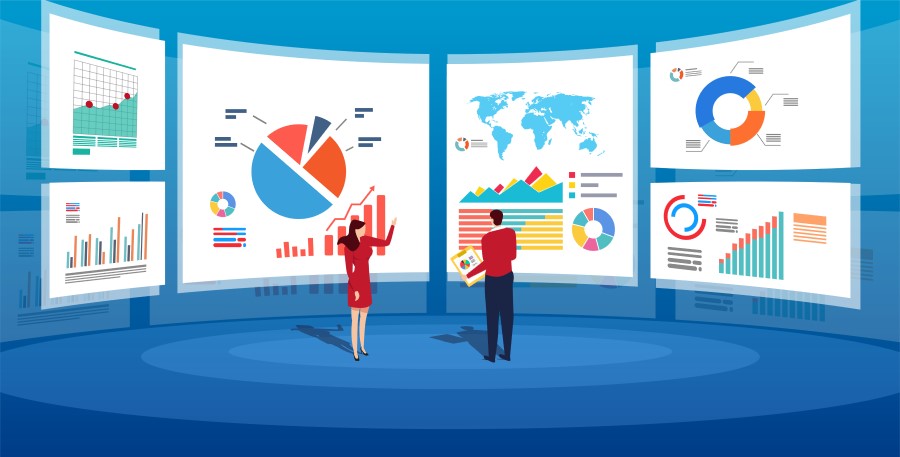How to use data and analytics to optimise benefits for a work-from-home workforce

Where previously HR teams may have categorised employees into personas according to their professional status and basic demographics, now many other factors have come into play. Expanding variations in how employees approach work – depending on their work-from-home set-up – means developing an understanding of additional needs and potential restrictions.
But how can HR teams keep track of these changes and reconfigure benefits to suit employees’ changing needs? If you haven’t already, now is the time to use data and analytics to inform your benefit and rewards strategy to ensure it is fit for your workforce today, and in the future.
Create new employee personas
Reconfiguring what employees are offered means firstly finding out who those employees are to understand what’s changed and how that may affect their benefits. Existing data on basic demographics such as age, location and gender doesn’t tell us what we need to know about how each employee manages to achieve a work life balance on a daily basis. Are they living with other family members requiring care? Are they isolated from regular social engagement? Do they require extra financial support? The recent pandemic has shed extra light on these personal factors that can heavily impact an employee’s work life and subsequently, what support employers need to offer.
Using technology to gather data in the form of surveys and sentiment indexes will give you quantitative data – which can be added to qualitative data from one-to-ones – which is essential to be able to develop your future offering and get the best ROI.
If you don’t already use analytics to track employee engagement, a quick survey could be the answer to getting initial changes up and running. With regular office hours and communal workspaces not on the horizon for many organisations for the foreseeable, it has become harder to shape rewards around those previously consistent parameters. Take a cycle to work scheme for example, or a season loan ticket for public transport – are some employees still making use of what’s on offer or could they save money by abandoning those benefits altogether? With a benefits platform you can quickly discover how benefits take-up has changed, but you must listen to what your people want to know what is best to replace those lost benefits with.
Tracking and analysing a shift in reimbursements
Monitoring data on your employee spending pots will also provide clear indicators about how employees’ are changing their reward and benefits habits, and in some cases, why. While physical offerings with such as gym memberships, shopping and hospitality discounts will have limited engagement in the current climate, employers offering flexibility in how those spending pots are used may be seeing an uptick in other areas. For example, there may be an increased use of mental health support and, if the data shows a growing trend that would help more of your employees, this could indicate a possible area where more could be done with core benefits to enhance mental wellbeing.
As well as giving employees much desired flexibility around how they use their benefits, reimbursement schemes give employers even richer data on what benefits are desired. Using analytics to track trends in this way could help lower costs in the long term if organisations make the decisions to follow the data and move with employee demand.
Final thoughts
During periods of change as we’re experiencing now, it’s more important than ever to track and measure employee trends to make informed decisions on what change you need to make to optimise your benefits. Post implementation of any changes, take further measurements to see how effective they were and adjust if you’re not seeing the results you expected. As employees mould their roles – and lives – around their new work-from-home normal, tracking the engagement of a workforce whose needs you can no longer physically see, is crucial to keep your employees well and happy. Getting data is just the first step – it’s the actions you take from the insights that will make the difference.
This article is provided by Thomsons Online Benefits.






